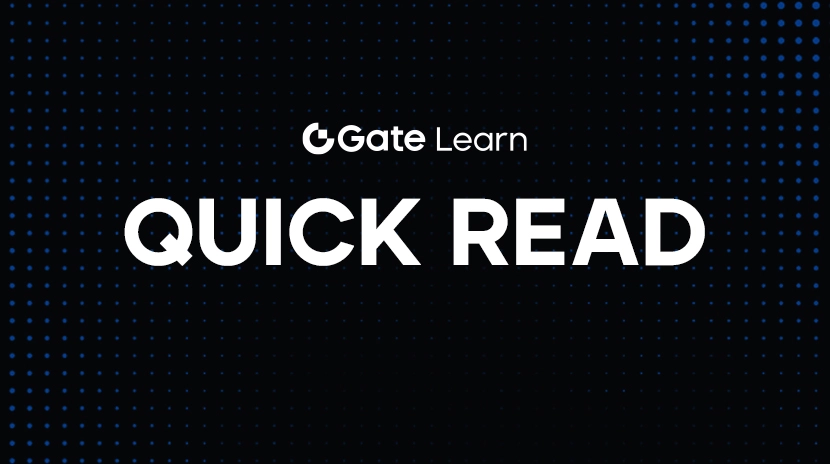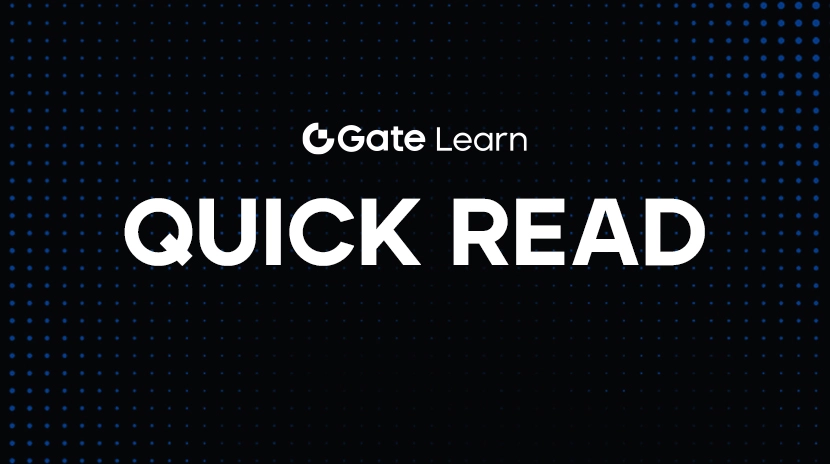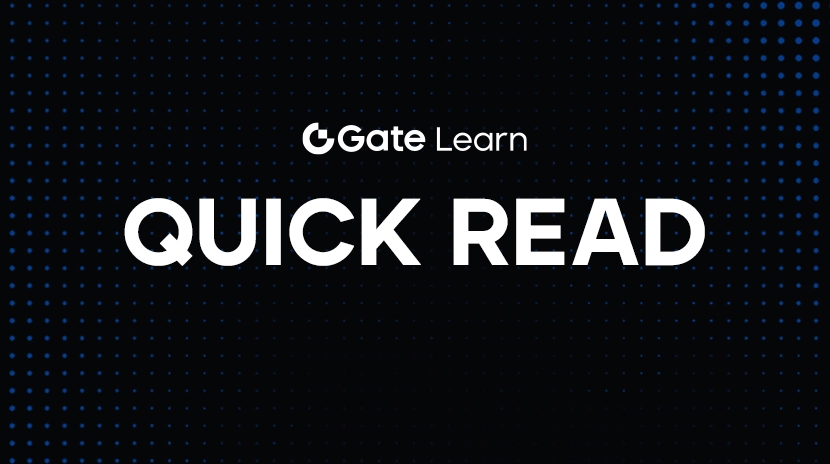Stock Transaction Fees Guide: Calculation, Reduction Tips, and Cost Optimization
What Are Stock Transaction Fees?
In the stock market, transaction fees are the charges investors pay brokers for executing buy or sell trades. These fees might seem small, but they can add up over time and significantly affect investment returns. This is especially important for high-frequency traders and long-term investors, making it essential to understand and optimize fee structures. Transaction fees are a core part of trading costs, along with securities transaction taxes, platform usage fees, and other investment expenses.
How Are Stock Transaction Fees Calculated?
In Taiwan, stock transaction fees are typically calculated as follows:
- transaction fee = trade amount × fee rate
Currently, Taiwan’s Financial Supervisory Commission sets an upper limit for brokerage transaction fees at 0.1425%. Brokers collect these fees directly, but your rate may change based on your account status, trading volume, or promotional offers.
Calculation Example
Suppose an investor buys a stock and the transaction amount is TWD 100,000, with a fee rate of 0.1425%. The calculation would be:
- transaction fee = 100,000 × 0.1425% = 142.5 TWD (rounded to the nearest TWD)
Brokers typically charge fees separately for both buy and sell transactions.
Main Costs in Taiwan Stock Trading
In addition to transaction fees, trading stocks in Taiwan may involve the following common costs:
- Securities Transaction Tax
The stock transaction tax rate is 0.3% of the sale amount, applied only to the sale of shares. - Platform Usage Fees
Some brokers may charge extra for access to their trading platforms or systems. - Additional Costs for Foreign Stocks
Trading U.S., Hong Kong, or other overseas stocks may involve foreign brokerage commissions, currency exchange fees, and custody fees.
Differences in Stock Transaction Fees Across Markets
Outside Taiwan, stock transaction fee structures vary by market:
- U.S. Stocks: Some brokers offer commission-free trades but may earn revenue through bid-ask spreads or payment for order flow (PFOF).
- Hong Kong Stocks: Trading costs typically include commissions, trading levies, transaction charges, and settlement fees, resulting in a more complex cost structure.
- Japanese Stocks: Fees may differ depending on trading units and amounts. Some brokers offer flat-rate commission plans.
How to Reduce Stock Transaction Fees?
Although transaction fees are a part of trading costs, investors can lower them by:
- Choosing Low-Fee Brokers
Broker fee rates can vary by up to 50%. Selecting a broker with lower fees can significantly cut your trading costs. - Negotiating with Your Broker
If you trade more frequently or in larger volumes, you may be able to negotiate a lower fee rate. - Using Online Trading Platforms
Most brokers offer lower fees for online trades. - Taking Advantage of Promotions
Many brokers offer promotions for new customers or trading incentives.
Relationship Between Transaction Fees and Long-Term Investment Returns
Even though transaction fees might seem minor, the compounding effect over time can amplify their impact. For example, reducing your trading cost by just 0.05% per transaction can add up to a significant cumulative gain over the long term. For high-frequency traders, transaction fees are a crucial determinant of overall profitability.
To learn more about Web3, register at: https://www.gate.com/
Summary
Transaction fees are only one component of total investment costs, but for long-term investors and high-frequency traders, they can have a significant impact. By choosing lower-fee brokers, leveraging fee reductions, and boosting trading efficiency, investors can reduce costs and improve returns. In both traditional finance and the Web3 space, managing trading costs effectively is a key factor in successful investing.
Related Articles

2025 BTC Price Prediction: BTC Trend Forecast Based on Technical and Macroeconomic Data

Flare Crypto Explained: What Is Flare Network and Why It Matters in 2025

Pi Coin Transaction Guide: How to Transfer to Gate.com

How to Use a Crypto Whale Tracker: Top Tool Recommendation for 2025 to Follow Whale Moves

What is N2: An AI-Driven Layer 2 Solution


